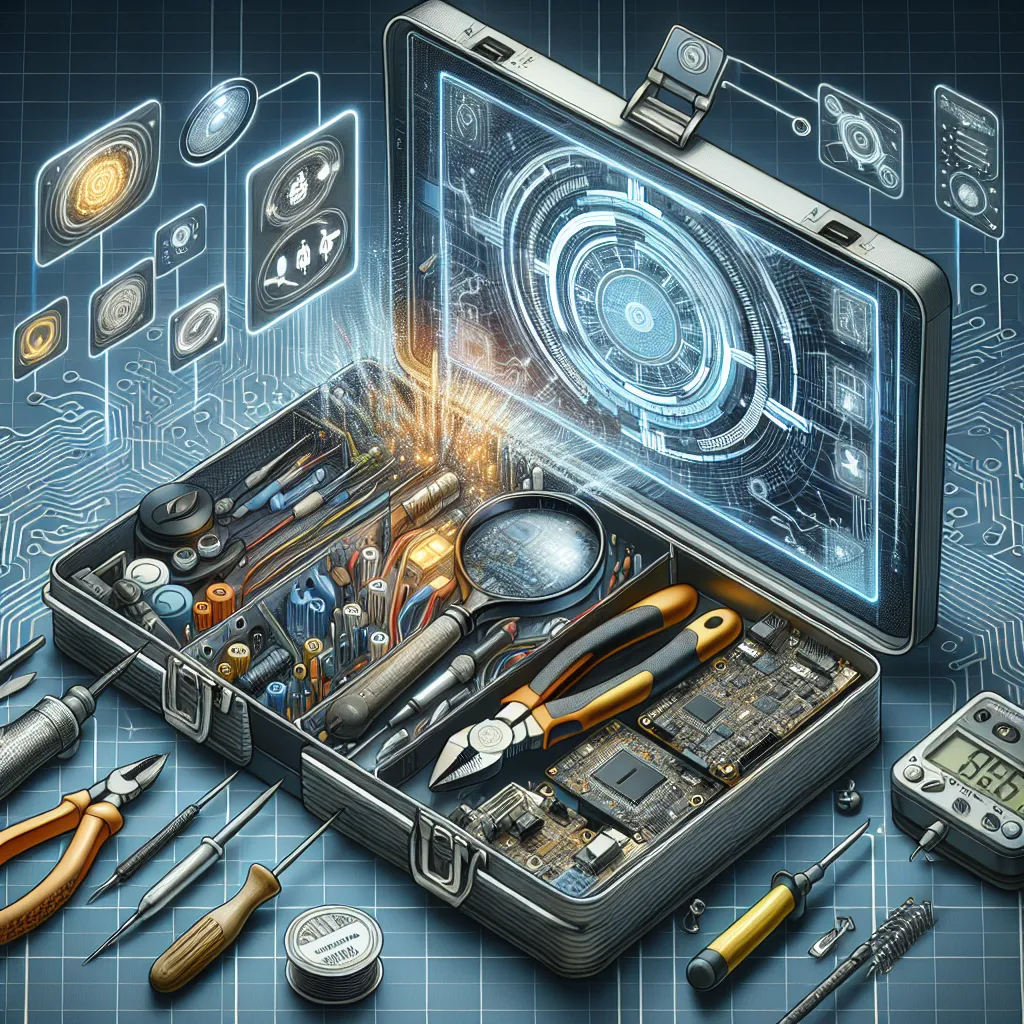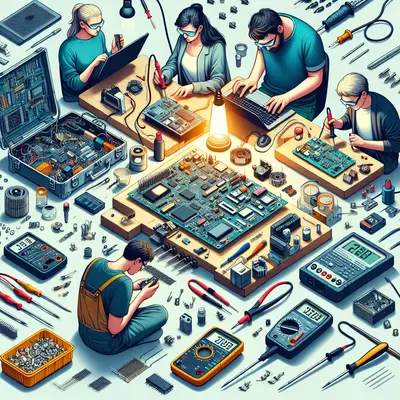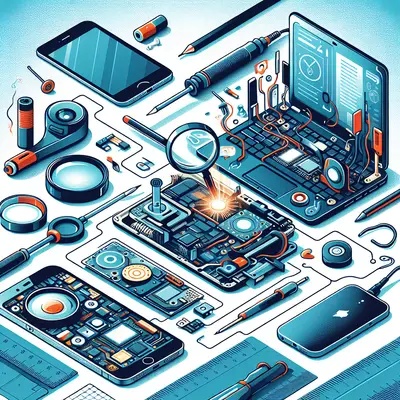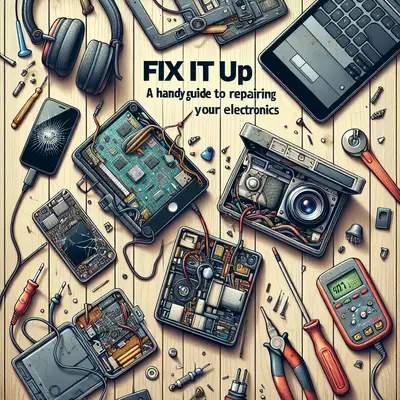When it comes to electronics, we often find ourselves at a loss when they malfunction or break. Not everyone has an in-depth knowledge of electronic components, but that doesn't mean you can't troubleshoot some common issues at home. In this article, we present five practical steps you can take to tackle your electronics repairs confidently.
1. Understanding the Issue
Before you grab your toolkit, it's essential to understand the problem you're dealing with. Is it a software issue or a hardware malfunction? Reading the error messages, consulting the user manual, or doing a quick online search can often provide valuable insights into what might be wrong.
2. Safety First
Before diving into the repair, ensure your safety. Disconnect the device from the power source and remove any batteries if possible. Always use the right tools for the job. Investing in a good quality anti-static wrist strap can protect both you and your device from static electricity.
3. Visual Inspection
A visual inspection can often reveal a lot about the problem. Look for any visible damages like broken or loose components, burnt areas, or swollen capacitors. Use a magnifying glass or a microscope for a more detailed inspection if necessary.
4. Cleaning the Device
Many electronic issues arise from dust and dirt accumulation. Using a can of compressed air, you can blow out the dust from your device. For sticky residues, you can use a soft cloth dampened with isopropyl alcohol. Remember not to use water as it could cause further damage.
5. Component Replacement
If a specific component is damaged or malfunctioning, replacing it might be the solution. However, this requires some skill and knowledge. You can locate the faulty part using the device's schematic diagram. Be sure to source the correct replacement part and install it carefully.
Conclusion
While these steps can help you with many basic electronics repairs, it's crucial to know your limits. If the device is complex or expensive, it might be better to hire a professional. Remember, the key to successful DIY electronics repair is patience, precision, and a commitment to learning. With these tips in hand, you're well on your way to becoming a proficient DIY electronics repair enthusiast.



